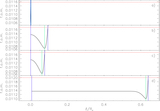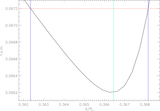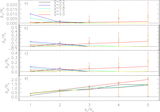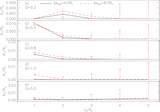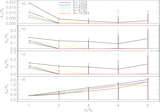Image Details
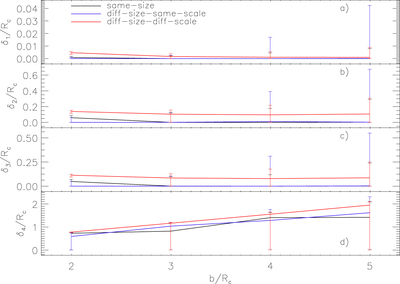
Caption: Figure 7.
Comparisons between ﹩{\delta }_{{\rm{opt}}}(b)﹩ relationships for Nc = 8192, ﹩Q=0.5,{\rm{\Delta }}{x}_{{\rm{init}}}=4{R}_{c}﹩ simulations in which the Plummer clusters have initially (i) the same outer radii (“same-size” line), (ii) different outer radii but the same density scale lengths (“diff-size-same-scale” line), and (iii) different outer radii and different Plummer density scale lengths (“diff-size-diff-scale” line). No different-size simulations have been created with b = 1, as they lead to excessive cluster overlap. In simulations with differences, the length in one cluster is twice that in the other cluster. For example, in the “diff-size-same-scale” simulations, one cluster has twice the outer radius of the other. Panels (a)–(d) correspond to prescriptions 1, 2, 3, and 4, respectively. In general, interactions with a “puffed-up” cluster (larger outer radius and larger scale length) produce larger ﹩{\delta }_{{\rm{opt}}}﹩ values. However, differences in ﹩{\delta }_{{\rm{opt}}}﹩ values are smaller than the uncertainties in all but the smallest impact parameter cases.
Copyright and Terms & Conditions
© 2016. The American Astronomical Society. All rights reserved.


